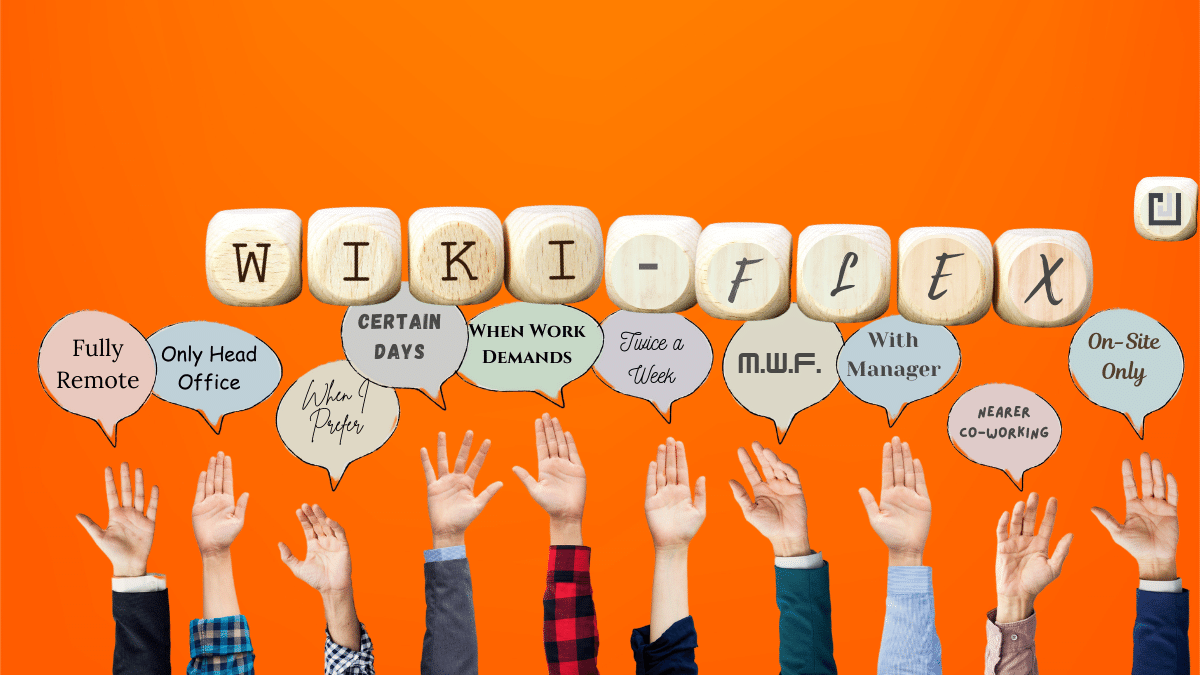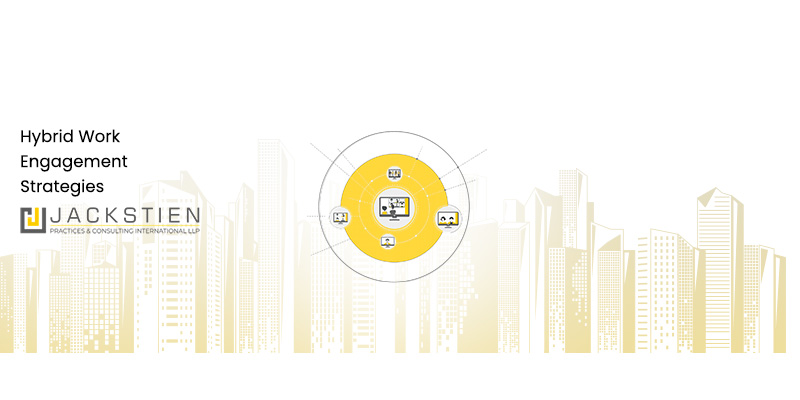Necessity is the mother of invention – a proverb which can be traced back to the dialogue ‘Republic’ where Plato wrote “our need will be the real creator.”
When a man is faced with a severe need, some of the greatest solutions come to him. This is to say that a lot of inventions are born out of the necessities of the situation rather than just plain motivation.
Even though brothers Orville and Wilbur Wright played a key role in straightening out the problems of controlling aircraft in the air, it was only during the beginning of the First World War in 1914 that strategic attention was paid to advancing the technology, design, and production of airplanes. Military leaders had recognized the vast potential of aircrafts and intended to use them as defence tactics in wars. Since then, airplanes that were built and manufactured to meet a need have changed the face of the world by making the whole of it expediently accessible.
Before the Second World War, jet engines were usually present in laboratories. Towards the end of the war, the aviation movement gained momentum when Governments actively got involved in the progression of the technology used for the jet engines. The Me 262 became the only jet fighter to fly in combat during the war. It was built by Messerschmitt, a German aircraft manufacturing corporation.
For people with Parkinson’s disease, meal times had become a stressful, messy task that left struggling patients feeling unfulfilled, tired, and worn out. Arising from the need for a relaxing meal, a Parkinson’s spoon was invented. It is a high-tech spoon that counteracts the wavering movements caused by hand and arm tremors and lessens the shakes by a considerable percentage.
The semi-dwarf wheat that accounts for 99 per cent of global wheat acreage is another brilliant example of an invention that came from a necessity. It was developed in Mexico by Doctor Norman Borlaug, a geneticist and Nobel Peace Prize winner. The normal wheat is tall, wavy, and is more prone to getting blown in the wind. If grains at the top would touch the ground, the plant became unusable. Semi-dwarf wheat founded by Norman is short-strawed and adapts to local conditions very easily. After Mexico became self-supporting in wheat production by 1956, the semi-dwarf wheat variety was introduced to India and Pakistan and with this, the production of wheat doubled in the countries.
Some ‘necessities’ take longer to become so.
In response to ever-escalating and mind-numbing real estate costs, inventory difficulties, spoilage, storage, maintenance and the inability to reach or service consumers without millions of cash, merchants started turning to eCommerce. Consumers too, fed up with the hassles of commute and parking, fitment, sizing, carriage, availability and service from brick and mortar establishments turned more and more towards eCommerce and away from having to pay a premium for the pleasure of getting harrowed and frustrated. However, this process took decades.
Much of these problems applied the need to gather everyone together in a single premise to work.
Remote and hybrid work would have been the slow but inevitable path to solving these issues. But the COVID-19 pandemic accelerated adoption to provide a working and proven method that will inevitably topple the traditional system by introducing a plethora of advantages to both companies and employees. Of course, it needs to be perfected and its issues confronted and resolved with foresight and design.
But no one decided to do away with computers after WW2 and went back to doing complex calculations by hand after the end of the Second World War.
And no one decided to scrap the idea of eCommerce after the first delivery went missing or the first brick and mortar shop complained.
People simply started to work on the shortcomings and designed better. And here we are.
The same will happen with remote and hybrid work.
And just like those that first adapted to computing or changing consumer preferences, the ones that first adapt to remote and hybrid work will be the ones that thrive.
ABOUT THE AUTHOR
A senior banker from the complex global markets space, Mr Nishant Shah has worked for more than two decades across Citibank, Standard Chartered and JPMorgan Chase before taking over as our Managing Partner. Passionate with word and pen about finance, technology, macroeconomics and future trends, he is a Chartered Accountant by education and the winner of various prestigious awards during his career, including the ‘India Awards for Excellence’.


